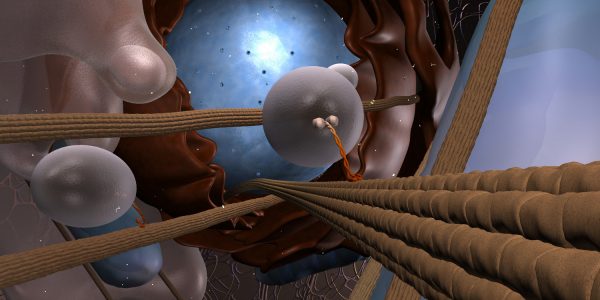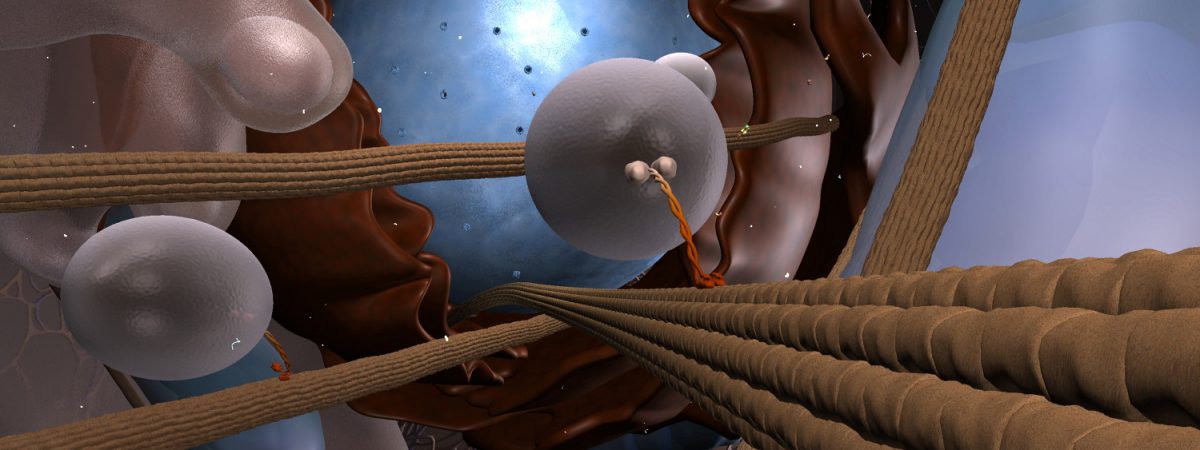The NIH, as part of its Brain Research Through Advancing Innovative Neurotechnologies [BRAIN] Initiative, recently announced the BRAIN Initiative Cell Atlas Network, or BICAN, to “map 200 billion cells in the human brain by their type and function as well as create a primate brain atlas.”
Part of the objective is that, “to understand how the brain works mechanistically [we] must understand the basic cell types that make up neuronal circuit and how they are wired together to give rise to function and to understand the causes of neuropsychiatric diseases.”
The reinvigorating project leap towards new answers on the brain—an intricately complex organ. However, advances in neuroscience have mostly been around cells and molecules, with vast amounts of studies across research labs, globally. .
There would be a lot to learn from BICAN, but it may not divulge enough story of the brain necessary “to understand the causes of neuropsychiatric diseases.”
In any serious mental illness, there is a problem with thoughts. In any state of good mental health, there are properties of thought that structure the felt tranquility.
Thought properties define all neuropsychiatric disease experiences: exceeding the ‘function’ of neurons, to their build or construct. There are things people generally avoid against social, cultural or economic norms, because thought goes to locations where the consequences are known, to not. But there are people with neuropsychiatric diseases, without the ability for their thoughts to go there to know, so they break.
In general, seeing, hearing or touching something, at different instances could be responsible for anxiety, fear, trauma, depression, delight, laughter and so on, respectively. Whatever is expressed is that senses become thought versions, those thought versions become prioritized [full action and attention] and make their way to destinations to bring anyone of those to bear.
It is the thought and memory functions of experience that are the poles of mental health and diseases. People often say dopamine hit, but no one ever experiences dopamine, serotonin or other brain molecules, it is what they become for experience—by memory, that makes that determination.
It is possible to crave something badly, or say have dopamine secretion, but the fear of consequences, or exposure if carried out in that moment would prevent doing so. This makes dopamine a subordinate of the overall build or construct for memory.
Thought can acquire cravings by going to the memory store of cravings. Then, depending on what stores the thought went before or bounces towards, subsequently—an element’s [rep] binds to cravings: it could be food, a drink, drugs, a trip, and so on. There are other instances where the thought does not proceed to the cravings store, so when the element is seen, heard, smelled, touched or tasted it is not craved.
What is also vital in brain science and related fields is the rules of thought transport in the brain, with where and how they acquire properties that decide experiences.
The BICAN project is unlikely to study the brain as a previously unexplored organ. Studies would seek to match labels like predictive coding, processing, working memory, flow state and so on, that do not necessarily advance mental health.
Thought is an existing architecture that can be used to understand how the cells and molecules of the brain works for neuropsychiatric diseases and others.
This is presents an opening for virtual reality, displaying or showing what neuroimaging cannot. The feature could be subsumed with games, or other VR applications.
Exploring brain cell atlas for specific functions may tell a part of their actions. When used to develop medications, there would be various side effects, because one cell, a group or molecules, constitute different sets of constructs, so inhibiting or inducing one helps, then doesn’t.




